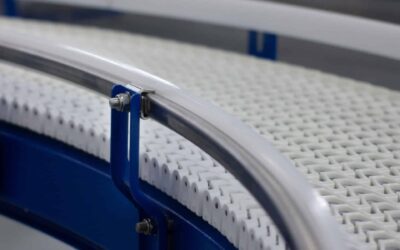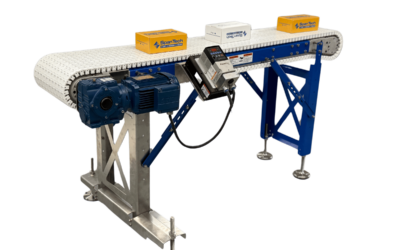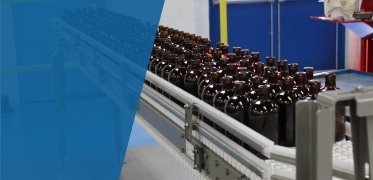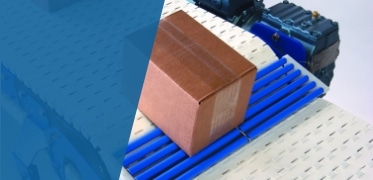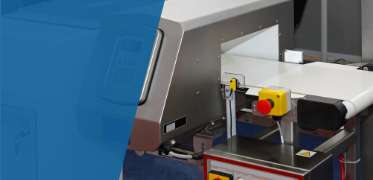OverviewThe industrial conveyor belt is one of manufacturing’s most critical yet often overlooked...
Conveyors & Conveyor Parts
Explore the full range of conveyors and parts available at Span Tech. From complete systems to essential components, we have everything you need for efficient material handling.
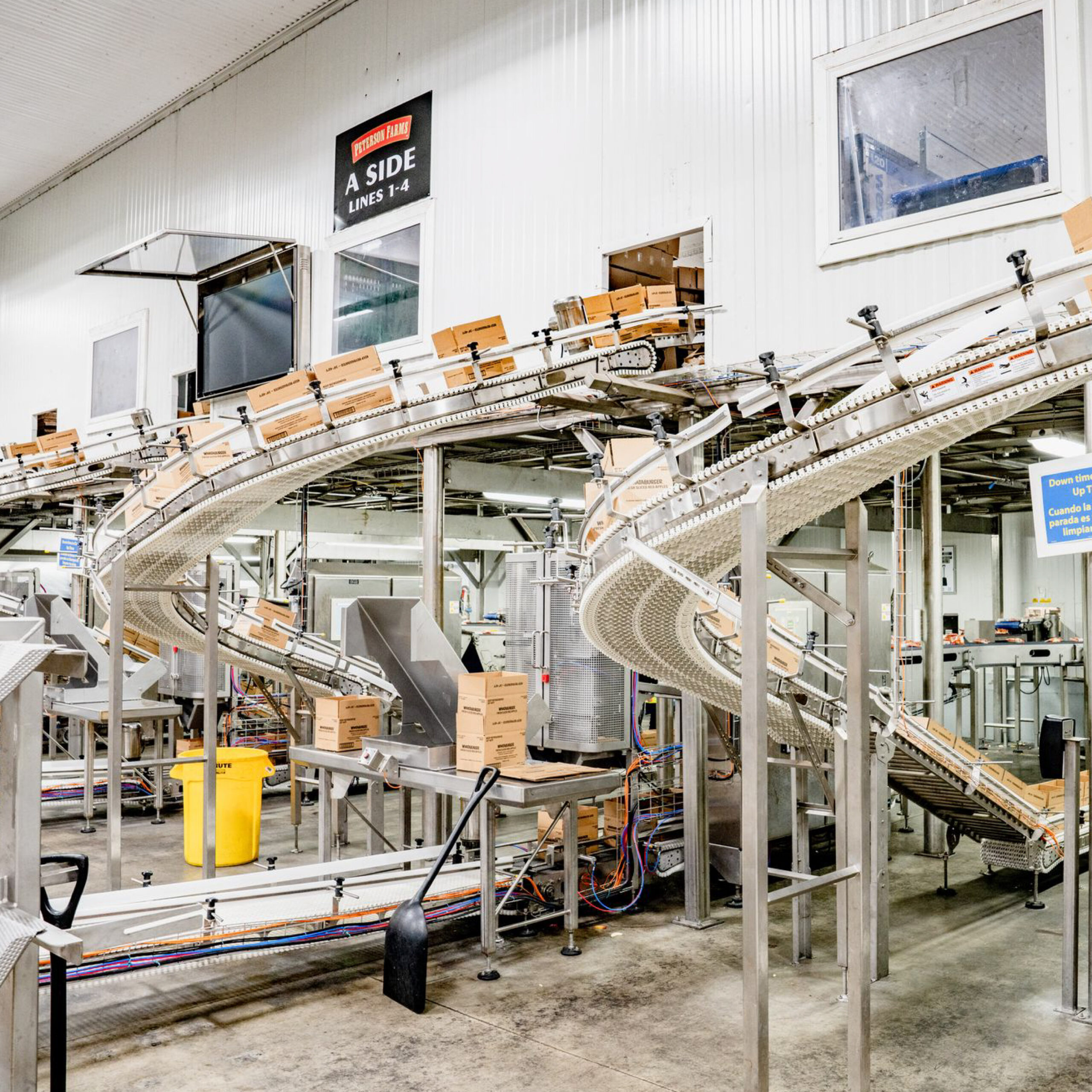
Why Traditional Conveyor Supports Are Holding You Back
Is Your Conveyor Support System Costing You More Than You Think? Conveyor systems are the backbone...
What Is an Accumulation Conveyor? A Comprehensive Guide to Accumulation Conveyor Systems
OverviewAmid the bustling activity of today's manufacturing and distribution sectors, the...
5 Conveyor Transfer Methods: How to Transfer Products with Seamless Precision
OverviewIn today's fast-paced, highly automated industrial...
What Is a Cleated Conveyor? The Benefits and Applications of Cleated Conveyor Belts
OverviewConveyor belts are an essential component of many manufacturing processes, and they come...
Guide to E-Commerce Warehouse and Distribution Center Automation and Conveyor Solutions
Overview With the continued growth of online shopping, spurred in part by the pandemic, e-commerce...
Wedge Conveyors 101
Overview In any warehouse or production facility, finding enough space for your conveyor systems...
Guide to Metal Detection and How to Create a Metal-Free Zone
OverviewProduct safety is a top priority in manufacturing, especially when it comes to food and...
Advantages of Robotics Integration in Manufacturing
Overview The robotics automation industry is booming across many sectors. This is especially true...
5 Benefits of Conveyor Rail Guides
Overview Whether your business is packaging, pharmaceuticals or e-commerce, you likely rely on...







